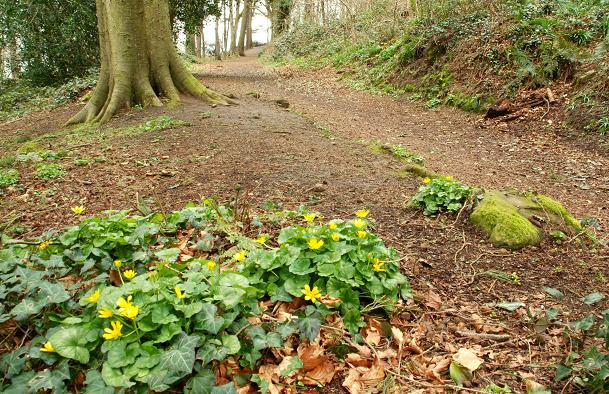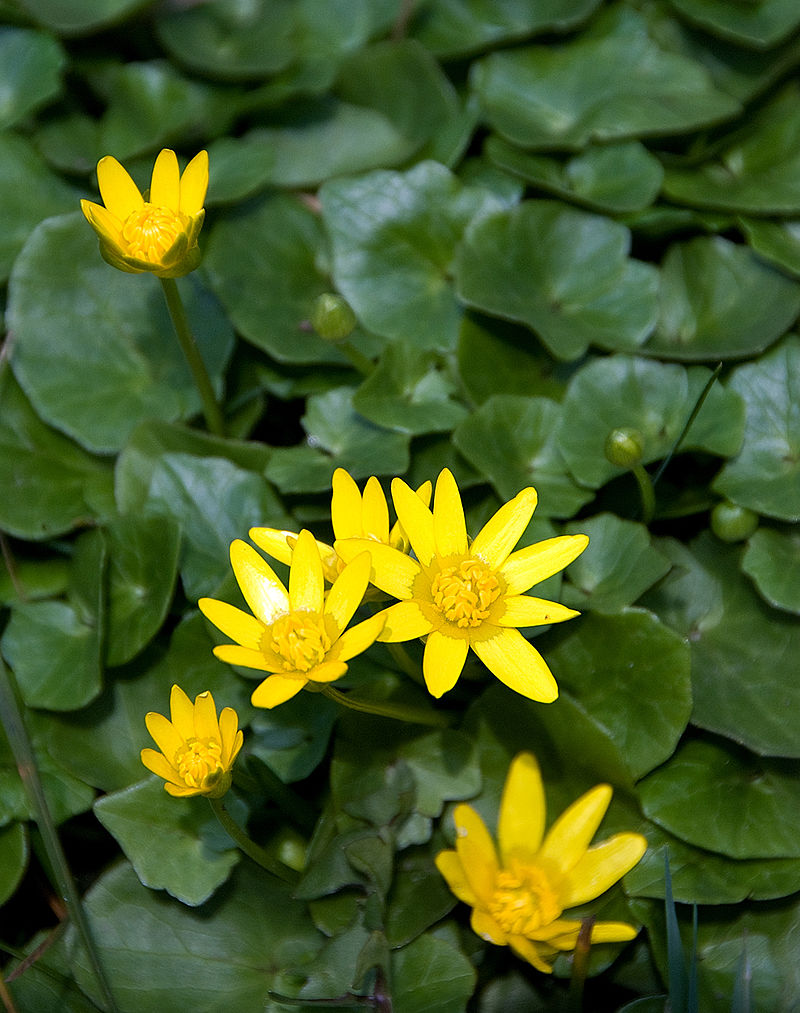[1] British Herbal Pharmacopoeia 1983
Published by the British Herbal Medicine Association ISBN 0 903032 07 4.
[2] Potter's New Cyclopaedia of Botanical Drugs and Preparations R.C.
Wren Revised by Elizabeth M. Williamson and Fred J Evans. First published in
Great Britain in 1988 and reprinted in 1989 and 1994 by the C. W. Daniel Company
Limited. 1 Church Path, Saffron Walden Essex. Published 1988 Printed and bound
by Biddles, Guildford ISBN 085207 1973.
[3] Frosch, Peter J.; Menne, Torkil; Lepoittevin, Jean-Pierre (2006-06-07).
Contact Dermatitis. Springer Science & Business Media. p. 779. ISBN 9783540313014.
Images
1.
en.wikipedia.org
by Michal Osmenda from Brussels, Belgium CC BY-SA 2.0
2.
en.wikipedia.org
by Albert Bridge CC BY-SA 2.0
3.
ebay.com.au
Anemonin and protoanemonin.[1,6]
Saponins based on hederagenin and oleanolic acid; the most abundant being hederagenin
glucoside, and others with rhamnose, arabinose and glucose as the sugar moities.[2,3,4,5]
Tannins.[6]
References
[1] British Herbal Pharmacopoeia 1983 Published
by the British Herbal Medicine Association ISBN 0 903032 07 4.
[2] Texier, O. et al. (1984) Phytochem. 23 (12), 2093
[3] Pourrat, H. and Pourrat, A. (1966) Bull. Soc. Chim. Fr. 2410
[4] Pourrat, H. et al. (1979) Ann. Pharm. Fr. 37, 441
[5] Pourrat, H. et al. (1982) Ann. Pharm. Fr. 40, 373
[6] Kolesnik, et al. (1963) Chem. Abs. 59,7856
 Ficaria
verna- formerly Ranunculus ficaria, Ficaria ranunculoides
Lesser
celandine, Pilewort Family:
Ranunculaceae
Ficaria
verna- formerly Ranunculus ficaria, Ficaria ranunculoides
Lesser
celandine, Pilewort Family:
Ranunculaceae

